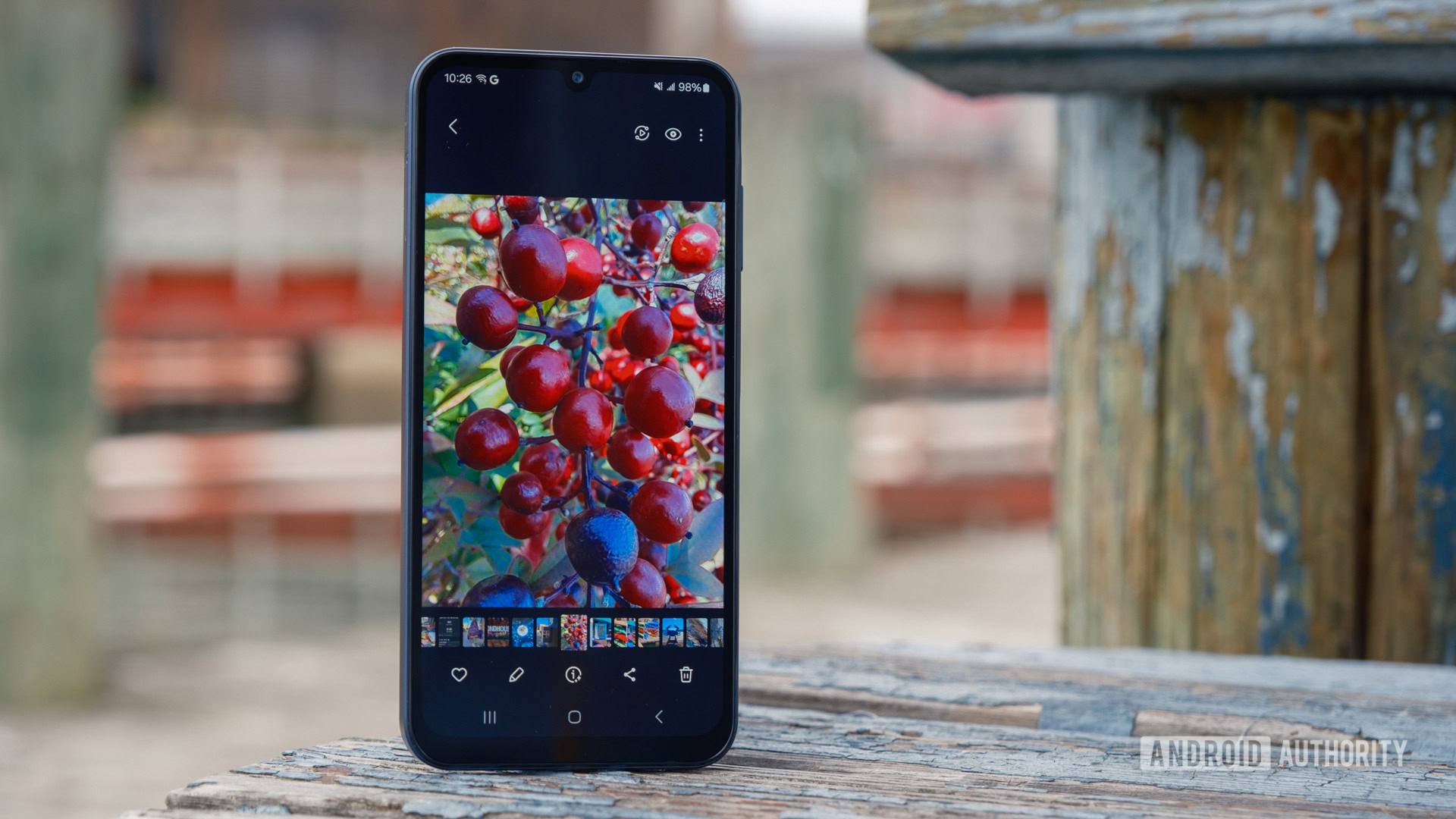Android phones
Android phones from Samsung, Google, Motorola, OnePlus, and more. All the news, commentary, and hands-on reviews you could want.
Best products
Features
Guides
Reviews
All the latest
Android phones news
After using the Galaxy S25 Edge, I have one word on the brain: 'Frankenstein'
C. Scott Brown6 hours ago
0

Samsung Galaxy S25 FE wishlist: All the features I want to see
Andrew Grush19 hours ago
0
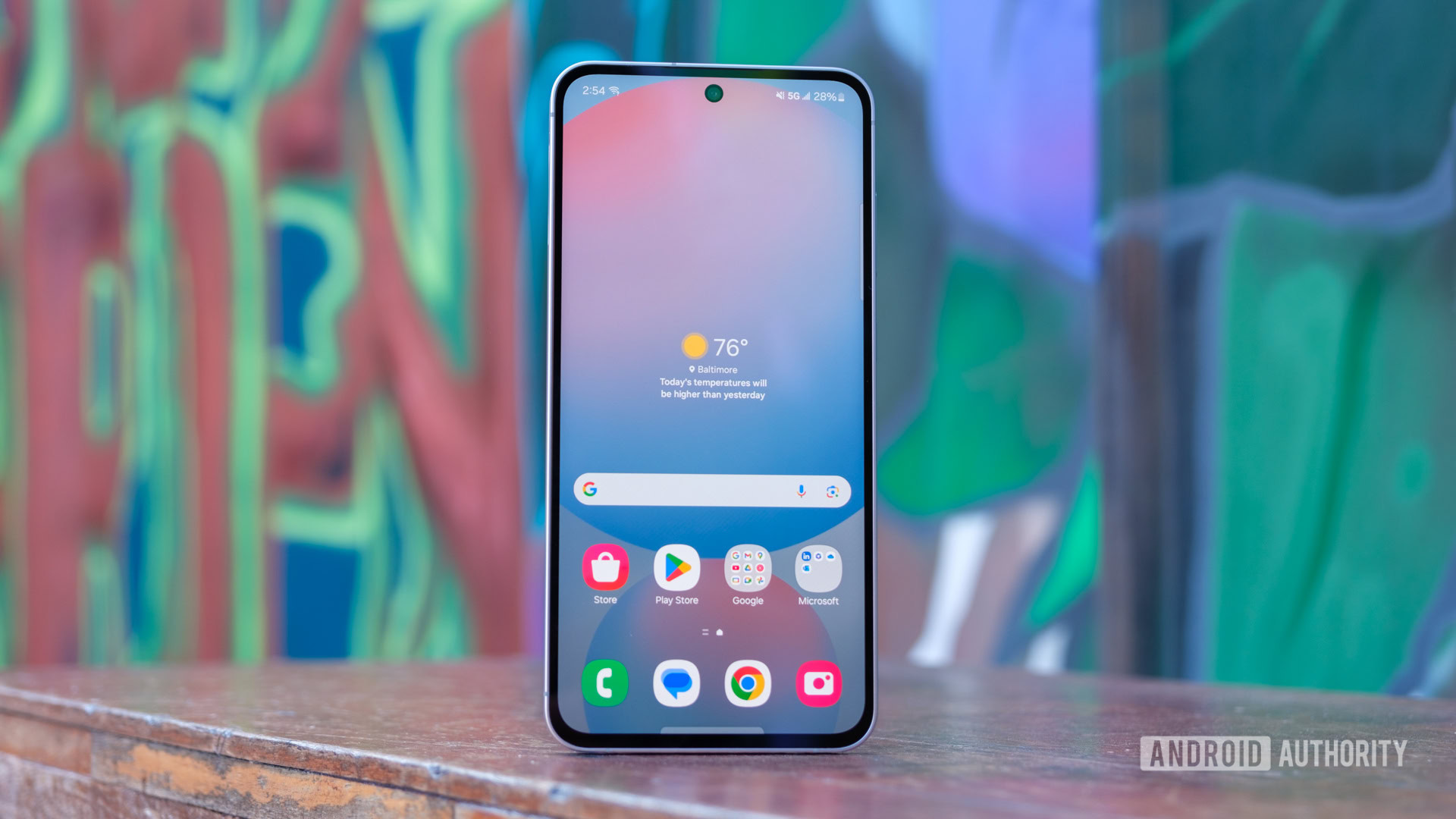
The Samsung Galaxy S25 Ultra is a fantastic Android phone I hate using
Joe Maring20 hours ago
0

I tested four amazing camera phones to find the best to photograph friends and family
Robert TriggsMay 11, 2025
0
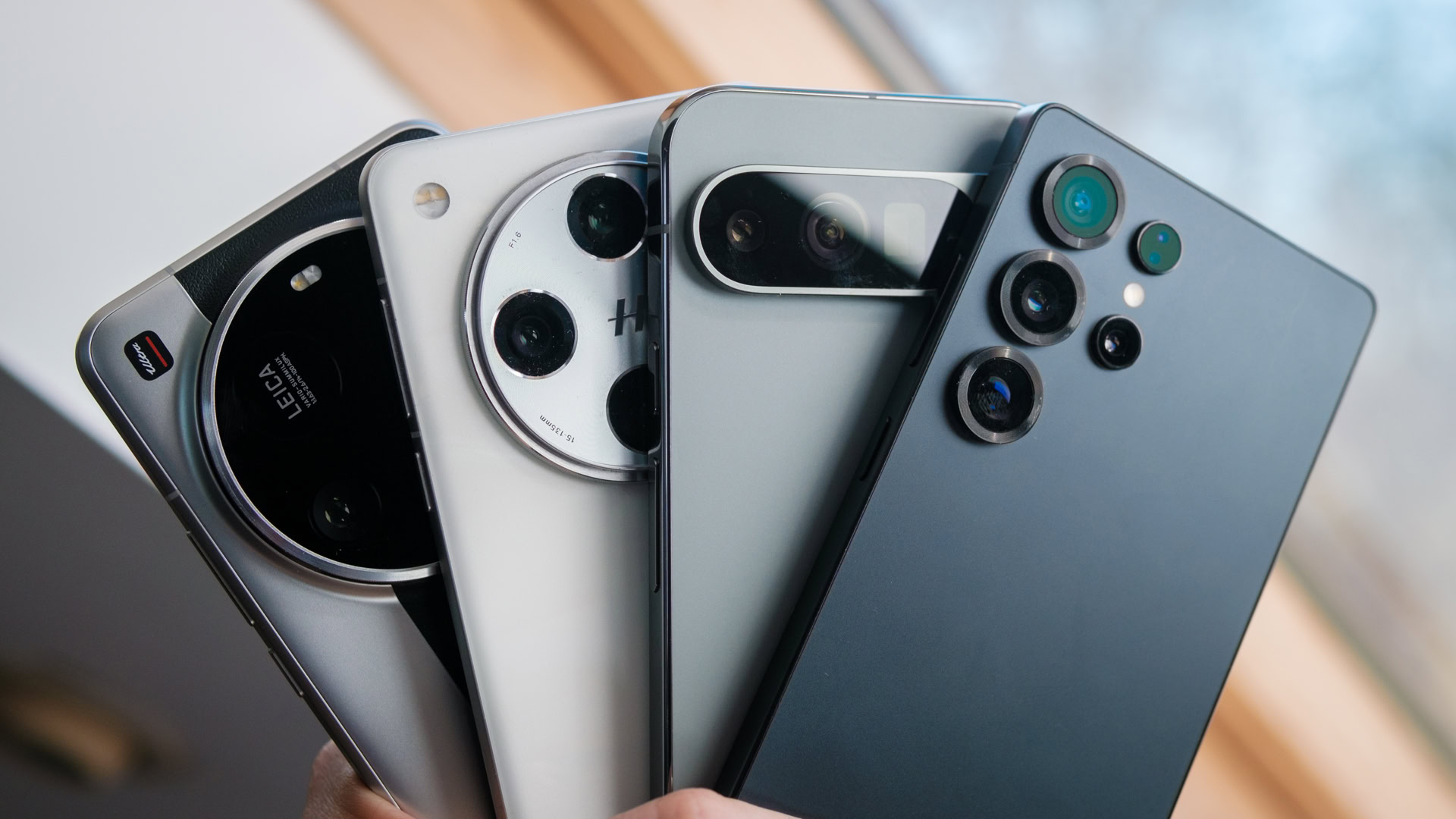
Google is a search company, so why is search so bad on my Pixel phone?
Andy WalkerMay 11, 2025
0
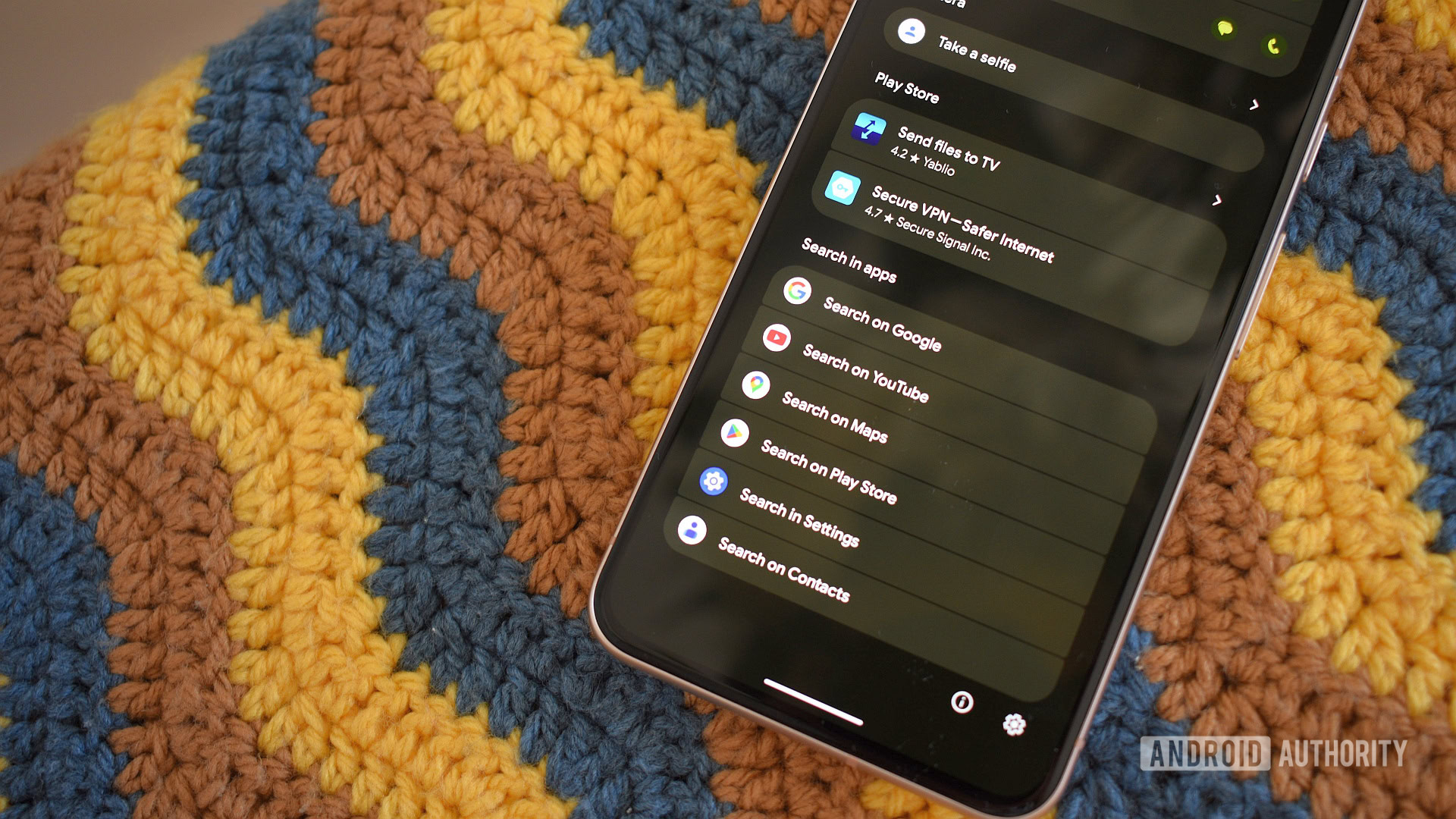
Can you tell if a photo is from a $1,300 flagship or a $280 budget phone?
C. Scott BrownMay 10, 2025
0

The best Samsung phones you couldn't buy in the US
Matt HorneMay 10, 2025
0

The Pixel 9a is missing an important Google app, but I don't mind
Ryan HainesMay 10, 2025
0

What phones are Android Authority readers using? (2025 Edition)
Hadlee SimonsMay 10, 2025
0
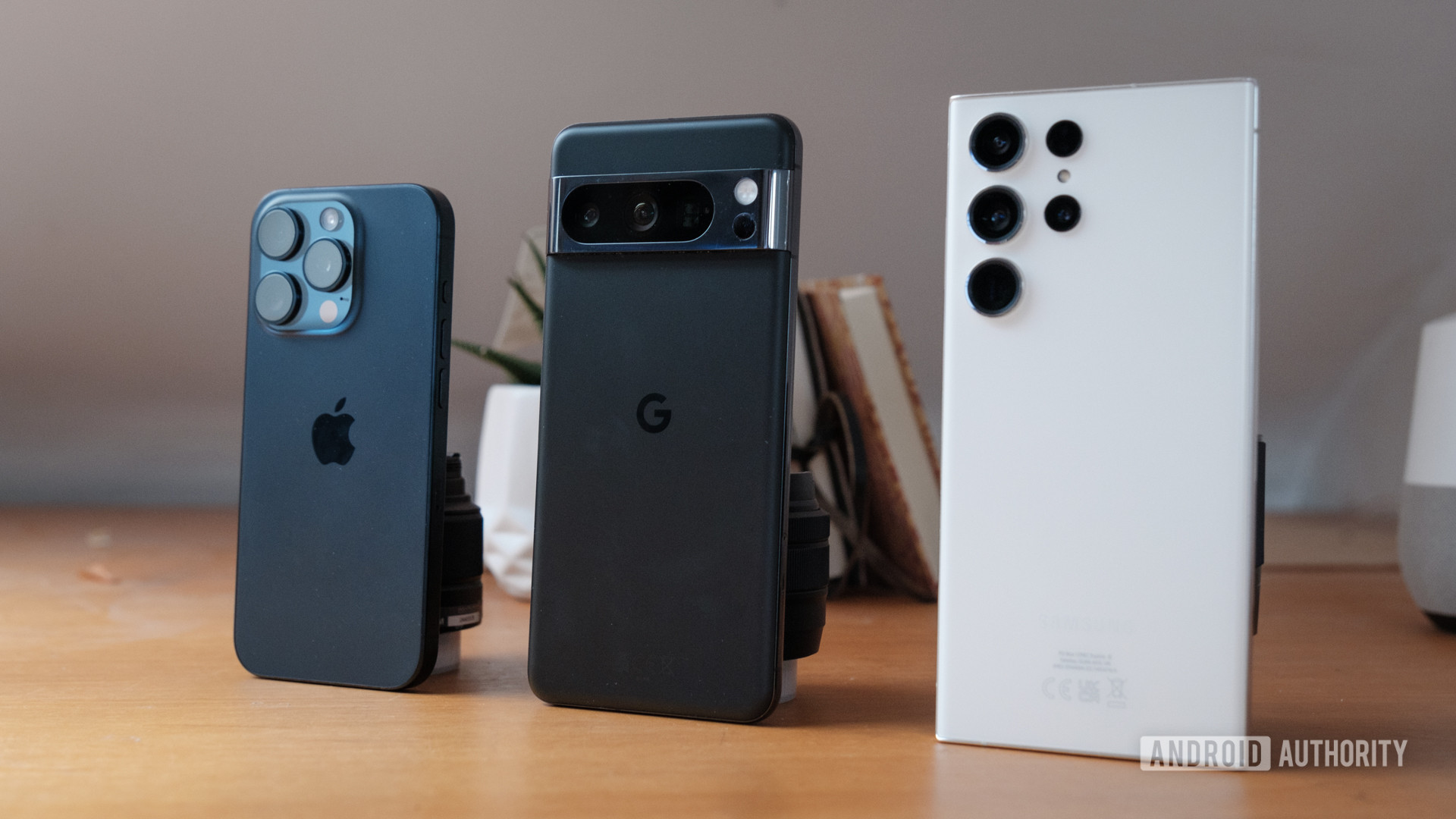
I tested four camera phones and the Samsung Galaxy S25 still has a shutter lag problem
Robert TriggsMay 9, 2025
0
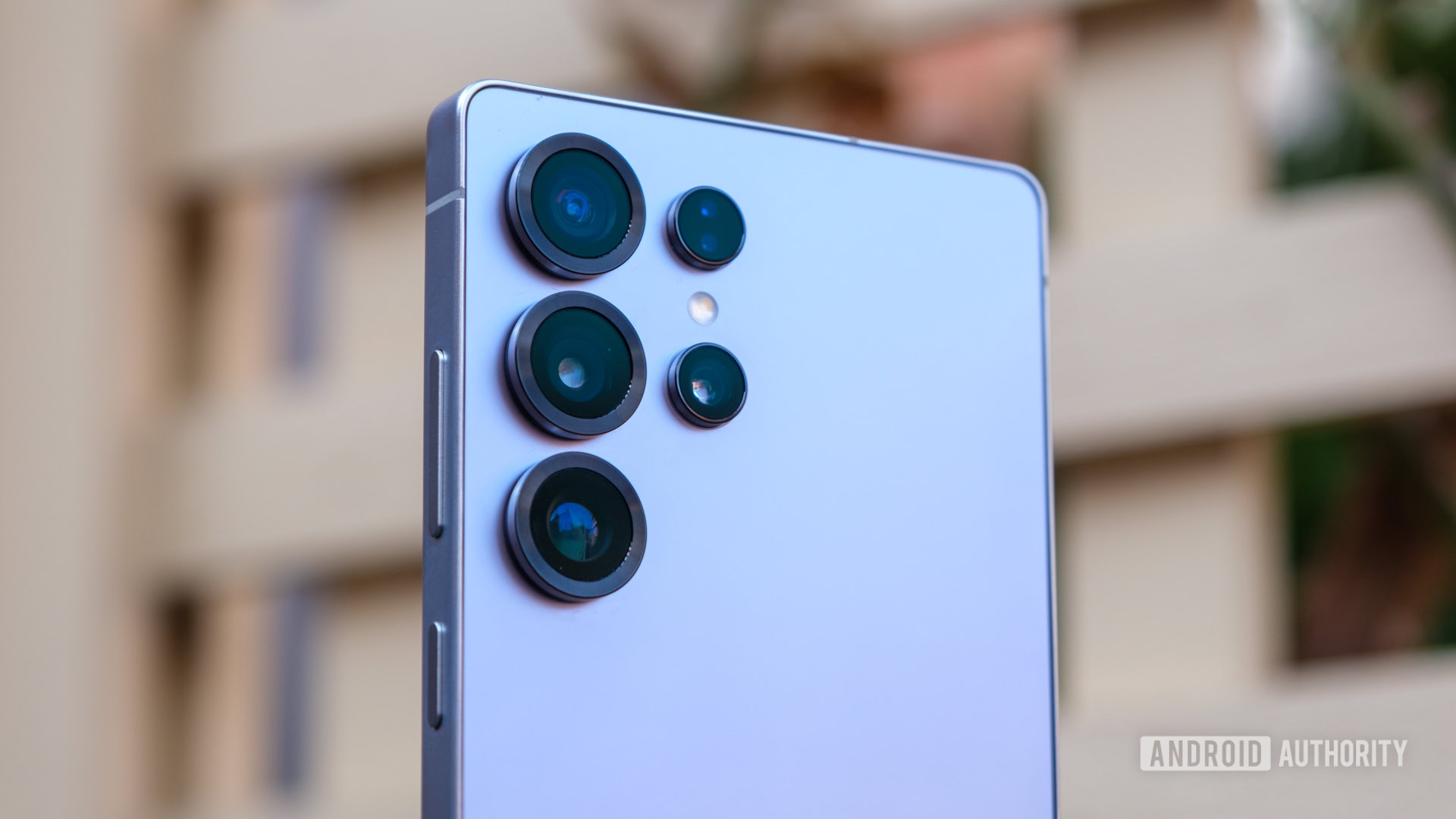
Samsung Messages was going to die — but now, big updates are coming! (APK teardown)
Adamya Sharma42 minutes ago
0
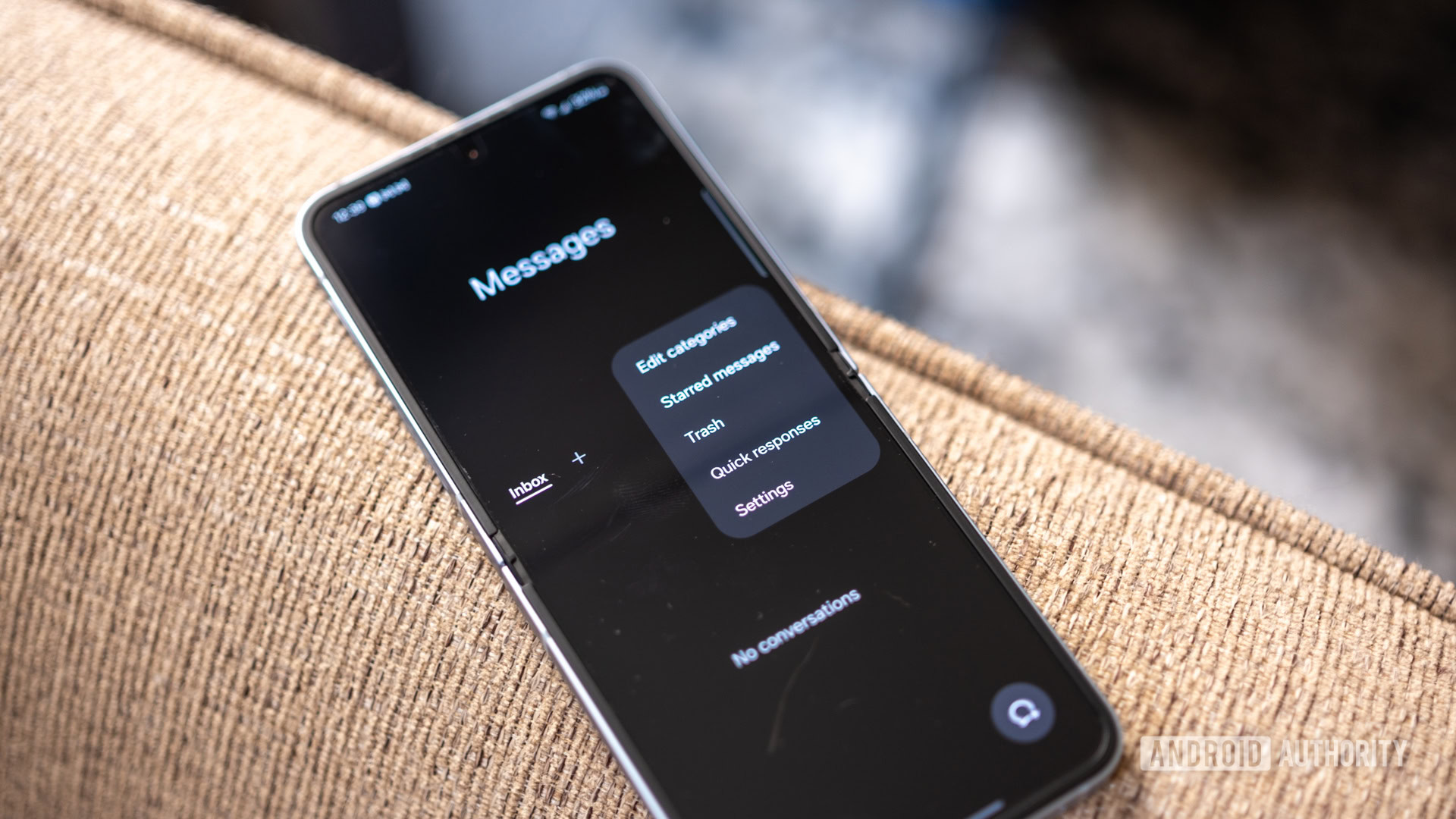
Sony ups its camera game with the launch of the Xperia 1 VII
Ryan McNeal4 hours ago
0
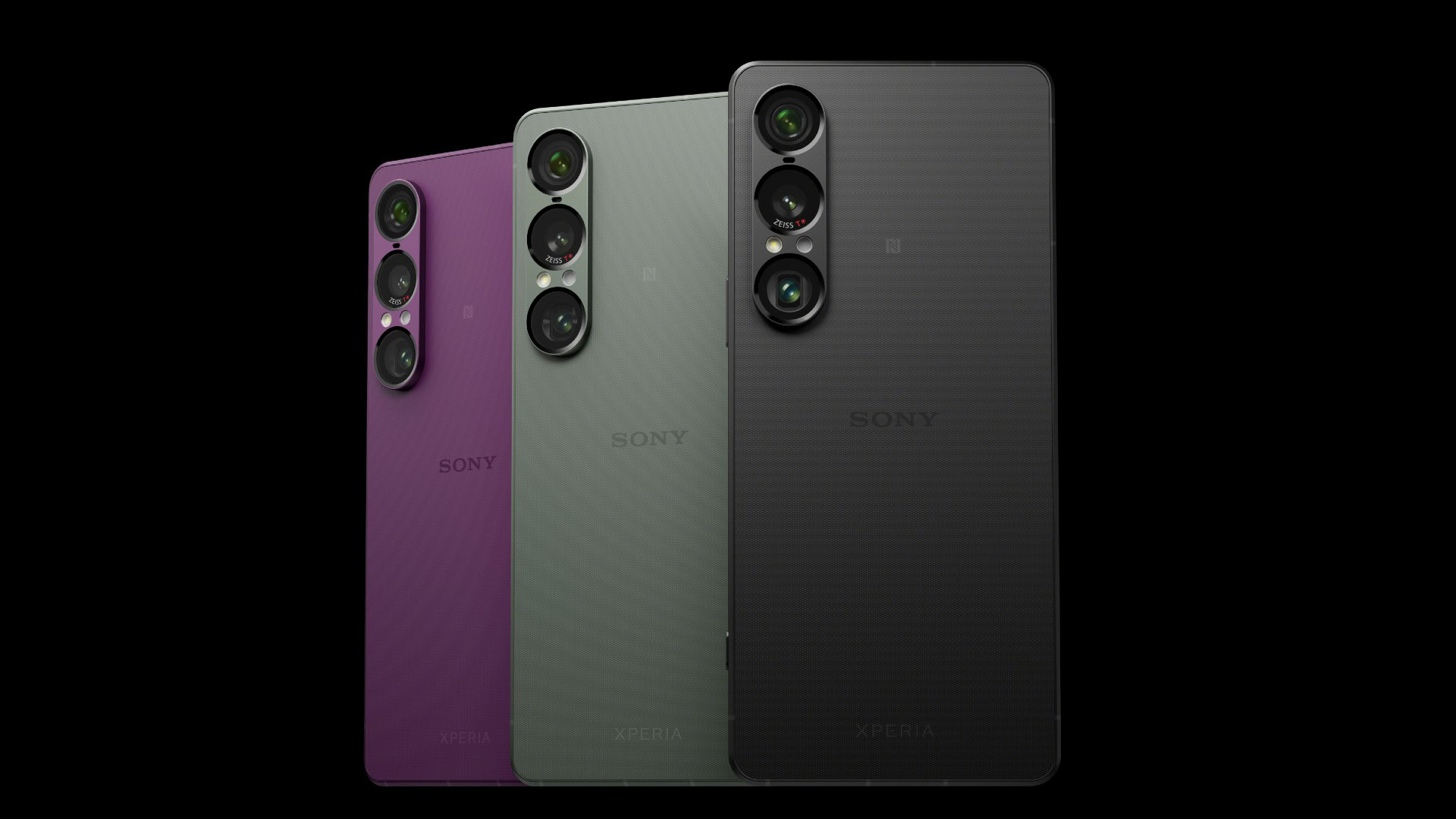
Samsung Galaxy S25 Edge is here: Banger or bust?
Pranob Mehrotra4 hours ago
0

Samsung Galaxy S25 Edge is here: Specs, pricing, availability, colors, and more!
Stephen Schenck6 hours ago
0
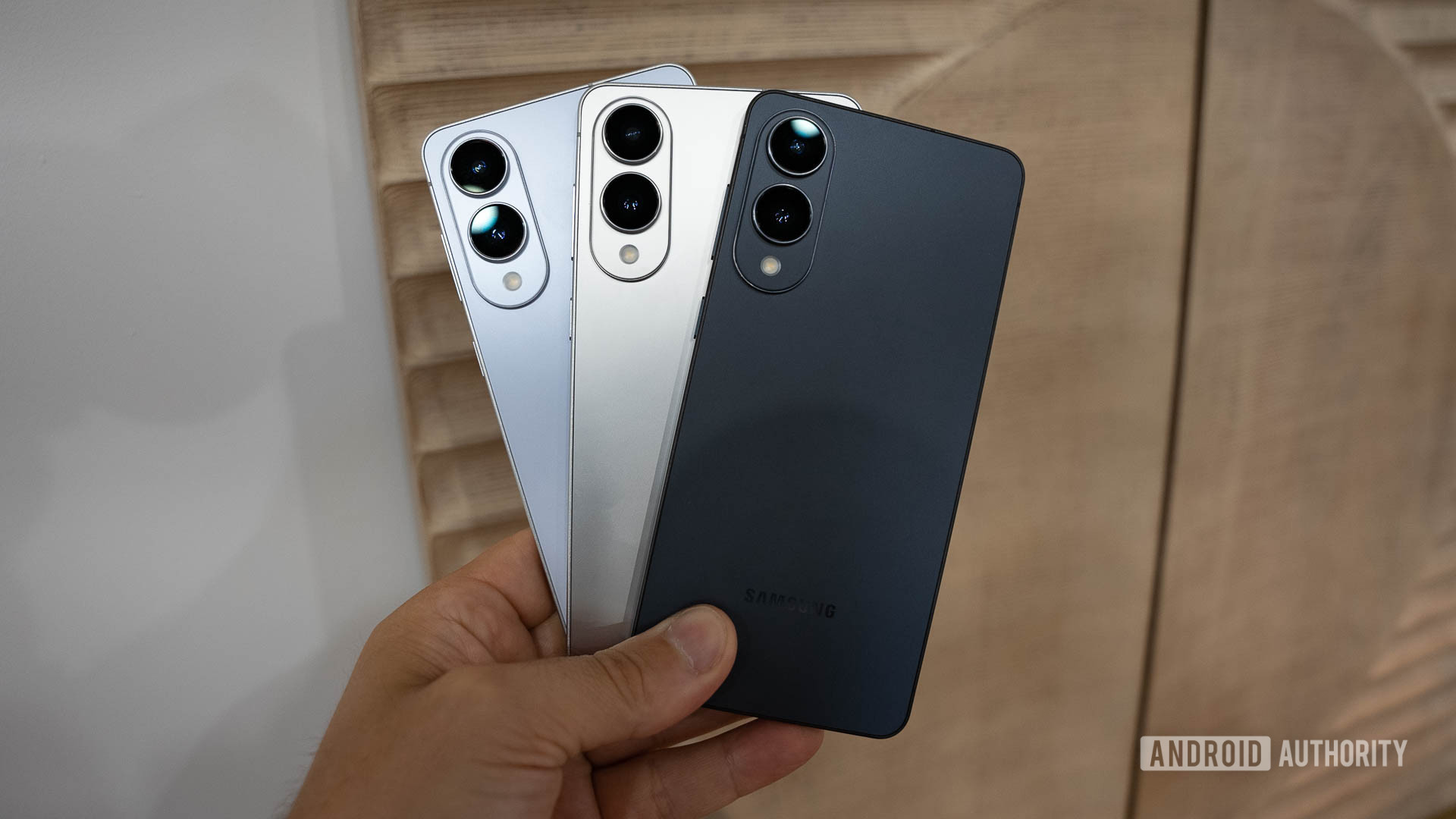
From concept to life: The ultra-thin TECNO SPARK Slim is becoming a reality
Brought to you by TECNO
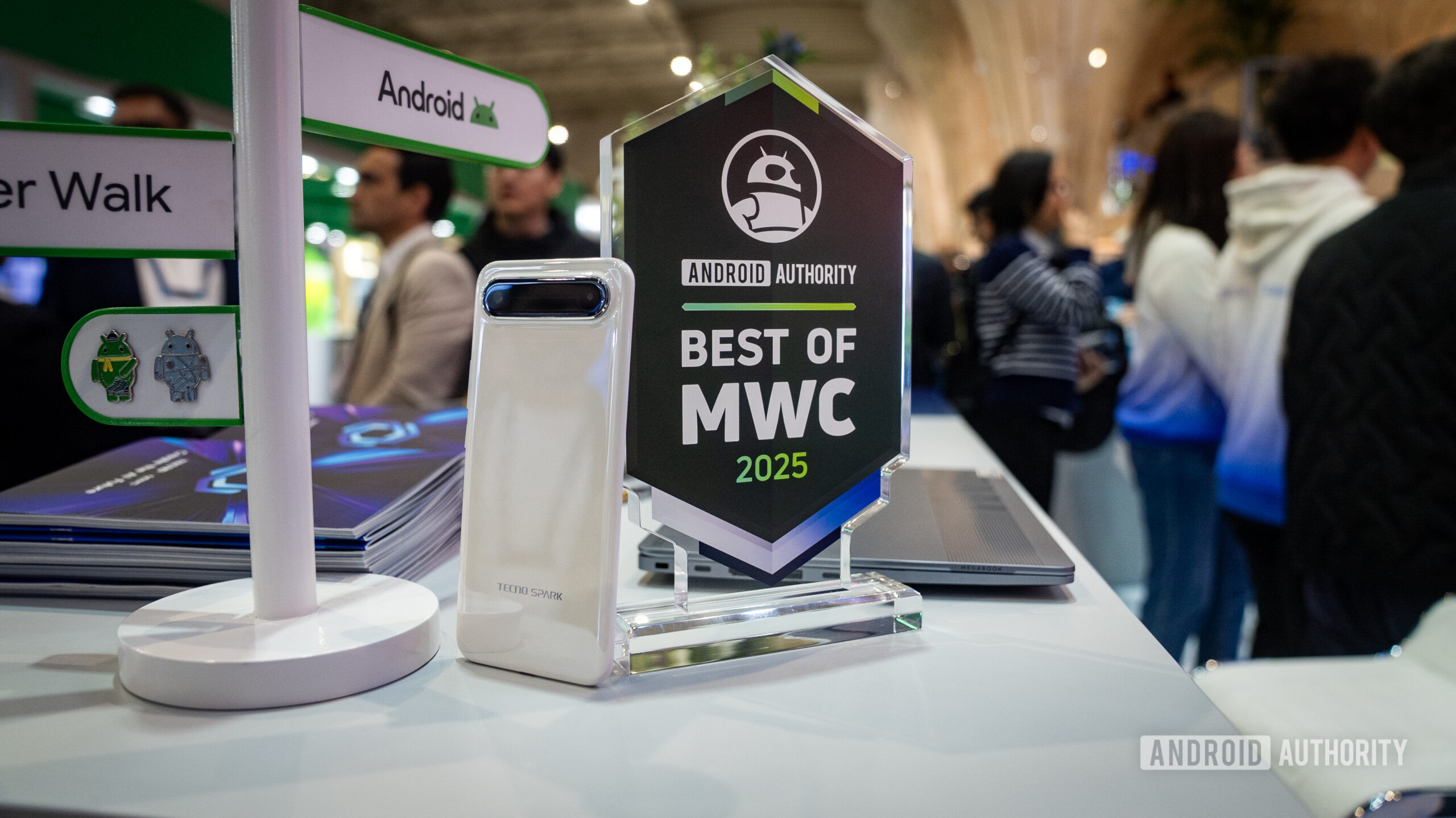
Manufacturers think you want thinner phones, but survey shows otherwise
Christine Romero-Chan18 hours ago
0

One UI 8 leaked firmware corroborates Galaxy Z Flip 7's big design change (APK teardown)
Aamir Siddiqui18 hours ago
0
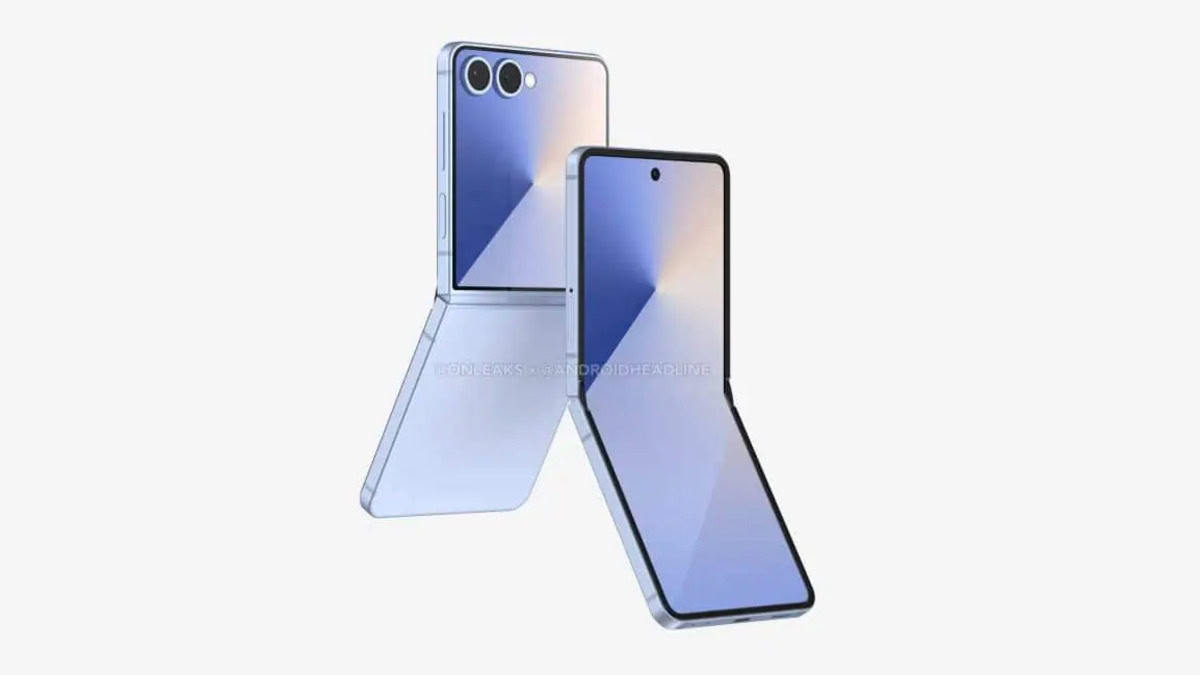
Samsung's 'backup plan' for the Galaxy S25 FE should be its main plan
Hadlee Simons22 hours ago
0

Sony Xperia 1 VII leaks big time ahead of launch event
Ryan McNealMay 9, 2025
0
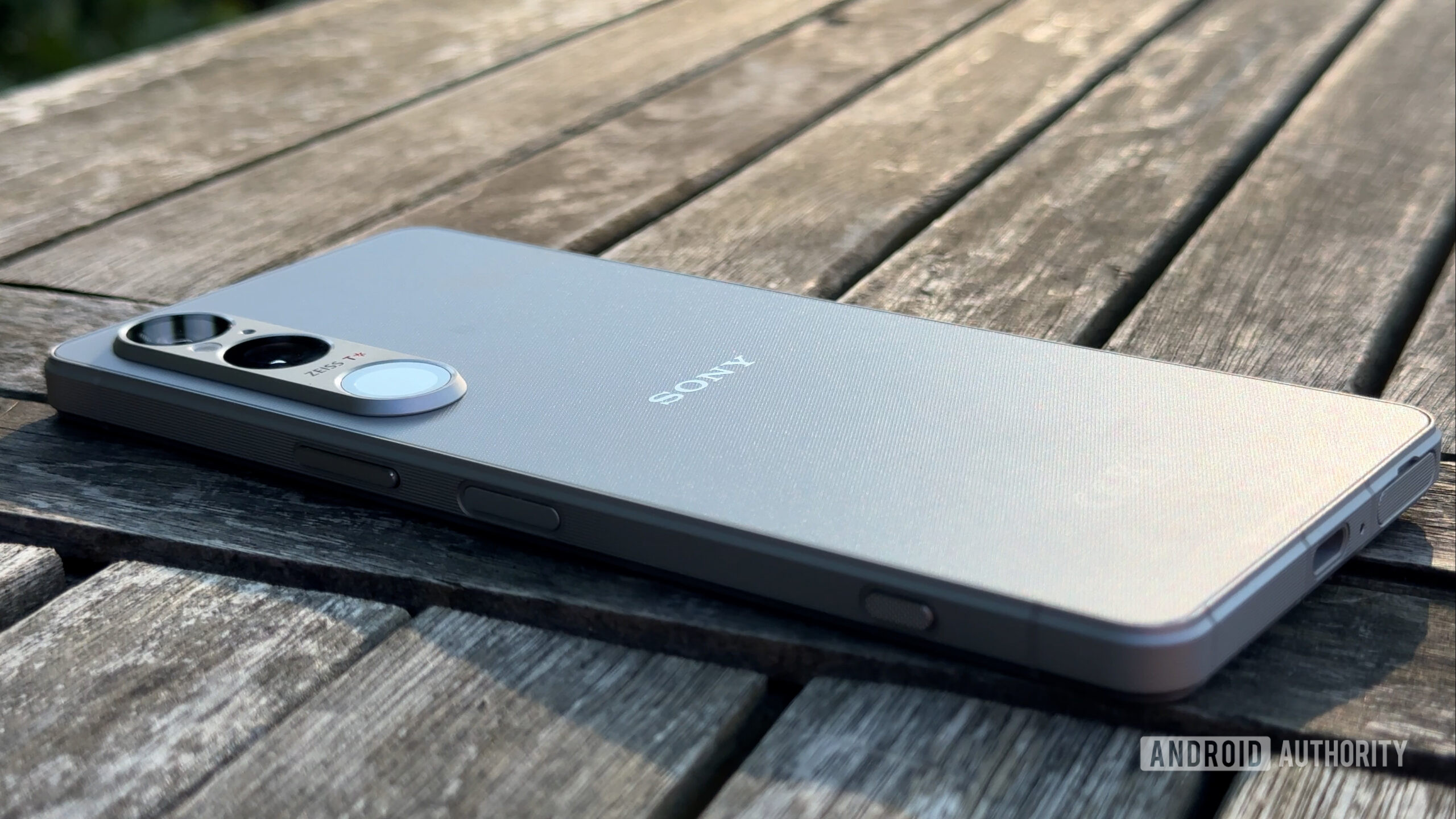
Samsung is working on a better way to keep your private photos private
Matt HorneMay 9, 2025
0
